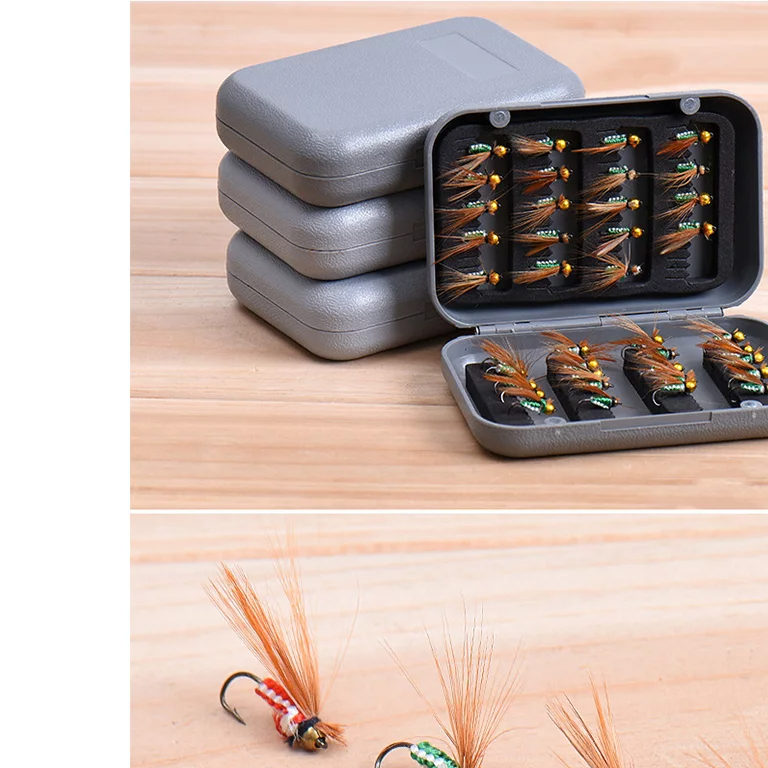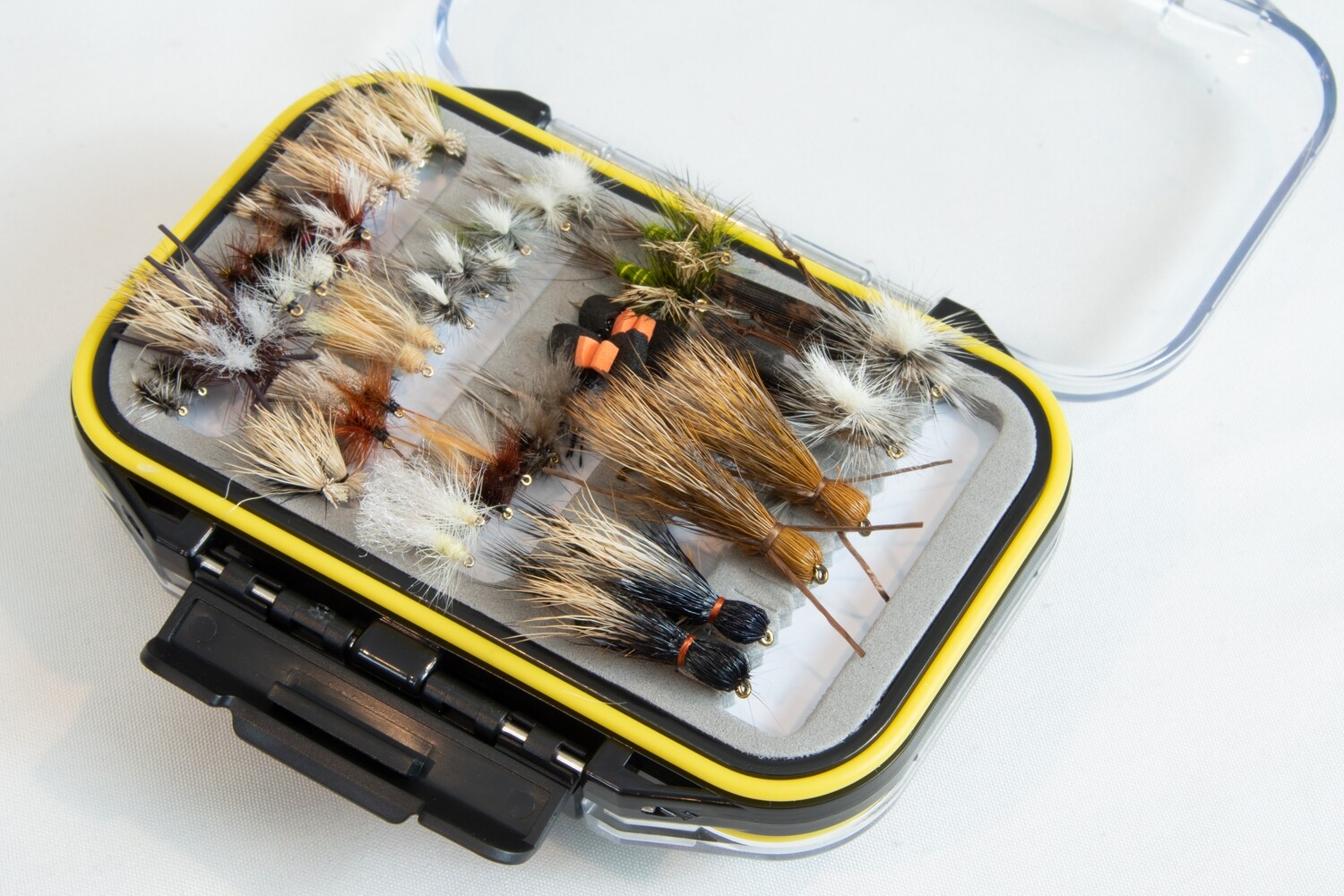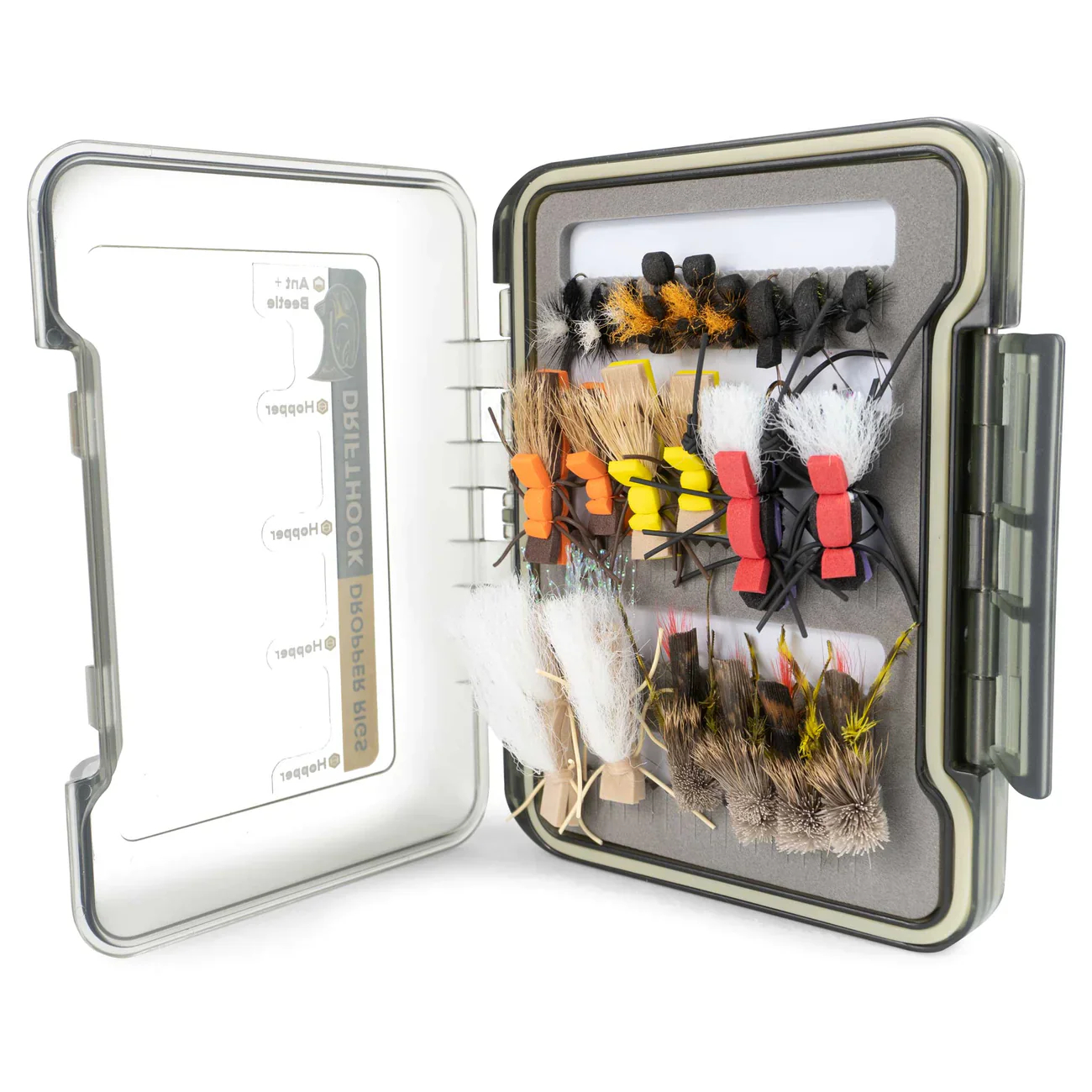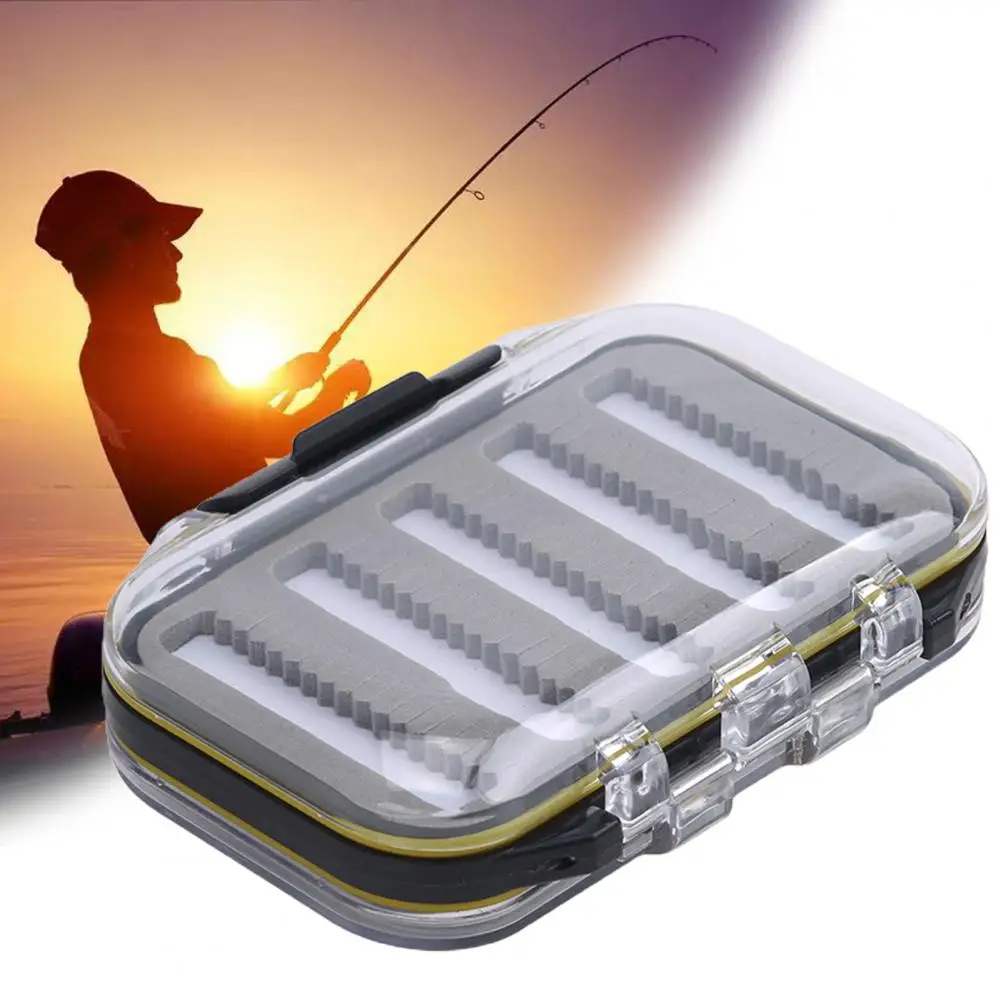Introduction Fly fishing is a captivating and elegant form of angling that challenges anglers to master the art of delicate presentations and precise fly control. At the heart of this pursuit lies the fly fishing box, a carefully curated collection of essential tools and equipment that can make all the difference in your success on the water. From the selection of flies and leaders to the organization of your fly box, the contents of your tackle box can elevate your fly fishing experience to new heights. In this comprehensive guide, we’ll explore the key components of the ideal fly fishing tackle box, share strategies for effective organization and customization, and provide insights into the must-have accessories that can enhance your fly fishing endeavors.
Essential Elements of the Fly Fishing Tackle Box
Fly Selection: The Backbone of Your Arsenal
The selection of flies is arguably the most crucial element of your fly fishing tackle box. Anglers must have a diverse assortment of patterns, sizes, and styles to match the hatch and effectively entice their target species. Invest in a well-stocked fly box that includes a range of dry flies, nymphs, and streamers, ensuring you have the versatility to adapt to changing conditions and the behavior of the fish.

Leaders and Tippets: The Invisible Connection
Complementing your fly selection, the leaders and tippets in your tackle box play a vital role in your overall presentation. These delicate, tapered pieces of monofilament or fluorocarbon line serve as the crucial link between your fly line and the fly, allowing for seamless, drag-free drifts and improved hookups. Maintain a varied inventory of leader and tippet sizes to accommodate different fishing scenarios and target species.
Organizing and Customizing Your Fishing Tackle Box
Compartmentalization and Labeling to fly fishing tackle box
Effective organization is the foundation of a well-equipped fly fishing tackle box. Utilize a tackle box or bag with multiple compartments, dividers, and clear labeling to keep your essential items sorted and easily accessible. Group similar items together, such as fly types, leaders, and tippets, to streamline your search and selection process.

Customizing for Your Fishing Needs
While a standardized fly fishing tackle box can serve as a great starting point, the true power lies in tailoring its contents to your specific fishing preferences and target species. Maintain multiple tackle boxes or customizable storage solutions that can be swapped out based on the water you’ll be fishing, the types of flies you’ll be using, and the anticipated conditions you’ll face.
Specialized Fly Fishing Gear and Accessories
Fly Boxes: The Organized Showcase
The fly box is the centerpiece of your fly fishing tackle box, serving as the organized repository for your carefully curated collection of flies. Invest in high-quality fly boxes that offer features like clear viewing windows, secure closures, and efficient organization systems to protect and display your flies with ease.
Indispensable Accessories of fly fishing tackle box
Beyond the core fly fishing gear, there are a variety of specialized accessories that can enhance your time on the water. Consider incorporating items such as nippers, forceps, line cleaners, and fly drying tools to streamline your rigging and maintenance processes. Additionally, portable magnifiers and strike indicators can help you better detect subtle takes and ensure accurate fly presentations.
Maintaining and Storing Your Fly Fishing Tackle
Caring for Your Gear
Proper maintenance and storage of your tackle box and its contents are crucial for ensuring longevity and peak performance. After each outing, carefully clean and dry all your equipment, paying special attention to reels, leaders, and any delicate components. Store your tackle box in a cool, dry place, away from direct sunlight or extreme temperature fluctuations, to prevent damage and deterioration.

Preparing for the Next Adventure
As the seasons change and your fishing priorities shift, take the time to thoroughly review and restock your fly fishing tackle box. Replace any worn or damaged items, replenish your supplies of flies, leaders, and other consumables, and ensure that all your gear is in top condition for the next excursion. This proactive approach will save you time and frustration when you’re ready to hit the water.
Strategies for Efficient Tackle Box Management
Minimizing Clutter and Maximizing Space
The compact nature of a fly fishing tackle box can quickly become overwhelming if not managed effectively. Adopt a minimalist approach, only packing the essential items you know you’ll need for your specific fishing scenarios. Utilize compact and stackable storage solutions to make the most of the available space, and consider investing in a tackle backpack or sling to free up your hands while on the water.

Tailoring Your Tackle for Specific Conditions
Rather than carrying a one-size-fits-all tackle box, consider creating targeted setups for different fly fishing environments and target species. Maintain multiple, streamlined tackle boxes or bags that can be easily swapped out depending on the day’s anticipated water conditions, hatch patterns, or fish behavior. This customized approach can help you stay organized, efficient, and prepared for the ever-changing dynamics of fly fishing.
Safety and Preparedness Considerations of fly fishing tackle box
Prioritizing Personal Protective Equipment
Fly fishing can present unique safety challenges, especially in remote or rugged environments. Ensure that your tackle box includes essential personal protective equipment, such as waders, life jackets, and sun protection. These items can not only enhance your comfort but also safeguard your well-being during your time on the water.
Packing for Unexpected Scenarios of fly fishing tackle box
In addition to your core fly fishing gear, your tackle box should also include items that can help you address unexpected situations. This may include a basic first-aid kit, a multi-tool or pocket knife, and other survival essentials. By anticipating potential challenges and packing accordingly, you can rest assured that you’re prepared to handle any obstacles that may arise during your fly fishing adventures.
Education and Ongoing Learning
Seeking Guidance from Experienced Anglers
Optimizing your box is an ongoing process, and there’s always more to learn. Seek out advice and guidance from experienced fly fishing enthusiasts, whether through local clubs, online forums, or personal connections. These seasoned anglers can provide valuable insights into the latest gear, organization techniques, and strategies for maximizing your success on the water.

Staying Informed on Regulations and Best Practices
Stay up to date with the latest regulations and best practices for fly fishing in your local area. Familiarize yourself with any licensing requirements, tackle restrictions, or environmental guidelines that may impact your gear selection and fishing approach. By staying informed and compliant, you can ensure that your fly fishing adventures are not only rewarding but also responsible and sustainable.
Conclusion
The tackle box is the foundation of your angling success, housing the essential tools and equipment that can elevate your fly fishing experience to new heights. By mastering the art of organization, selecting the right specialized gear, and maintaining a proactive approach to safety and preparedness, you can unlock the full potential of your fly fishing pursuits. Remember, the contents of your tackle box are not just a collection of items; they are the key to unlocking the secrets of the water and connecting with the captivating world of fly fishing. Embrace the power of the fly fishing box, and let it guide you towards a more fulfilling, efficient, and rewarding angling journey.
